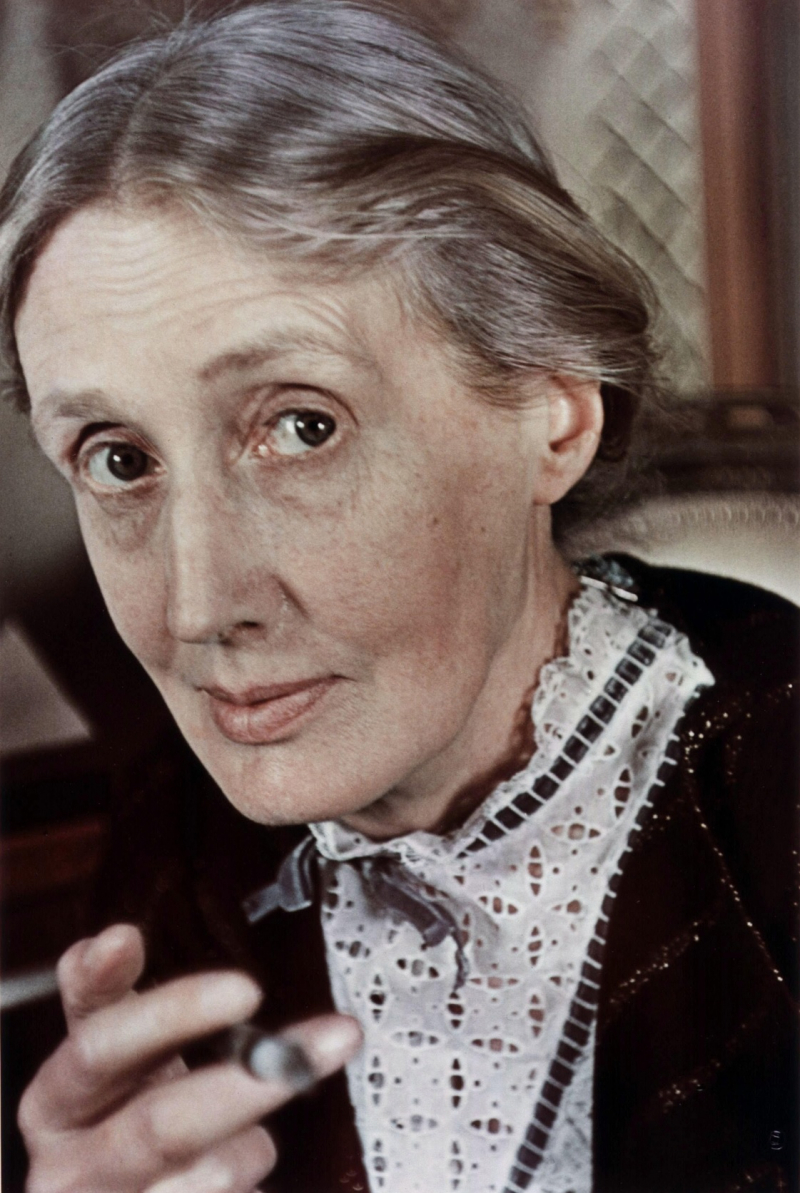Virginia Woolf

Adeline Virginia Woolf (25 January 1882 – 28 March 1941) was one of the most important modernist 20th-century authors and a pioneer in the use of stream of consciousness as a narrative device. Woolf played a significant role in London's literary and creative community throughout the interwar years. The novels Mrs. Dalloway (1925), To the Lighthouse (1927), and Orlando are among her best-known works (1928). Additionally, she is well recognized for her articles, such as A Room of One's Own (1929). Woolf became one of the central figures in the feminist criticism movement of the 1970s, and since then, her writings have received a great deal of attention and extensive analysis for "inspiring feminism." Her works have been translated into more than 50 languages. The University of London has a building named after Woolf, and there are statues, institutions, and organizations devoted to her work.
Woolf had multiple relationships with women in her personal life, with Vita Sackville-West being the most notable. Vita became one of the only persons in Virginia's adult life to whom she felt truly connected to. The pair remained lovers for a decade and stayed close friends for the rest of Woolf's life. However, she did marry Leonard Woolf, a male, in 1912. Although their sexual relationship was questionable, they built a solid, devoted, and prolific marriage. They were both true in their love and respect for one another but neither was sexually faithful to the other.
Woolf struggled with mental illness her entire life. She made at least two suicide attempts while being institutionalized multiple times. She suffered from symptoms that would now be classified as bipolar disorder, but there was no effective therapy available at the time. Near the age of 59, Woolf committed suicide by drowning herself in the River Ouse at Lewes in 1941.










